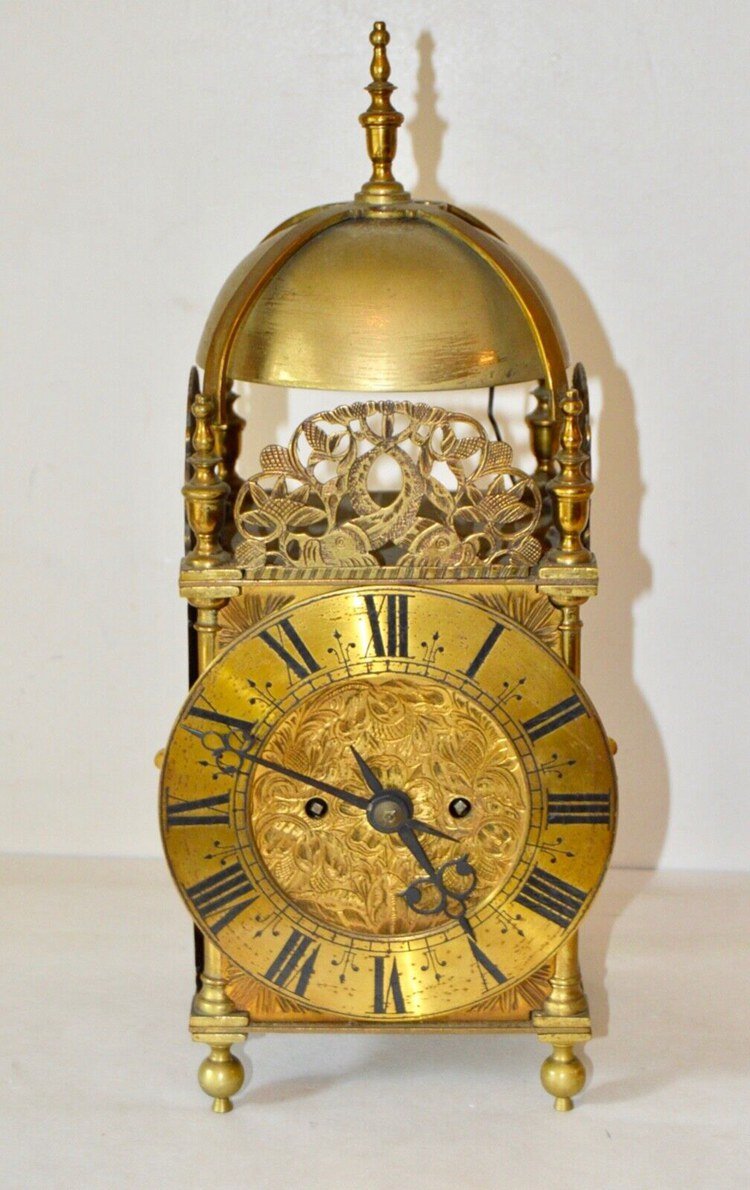Restoring antique clocks can be a rewarding process. It requires patience, skill, and a thorough understanding of the clock’s mechanics and aesthetics. This guide will provide you with essential techniques and tips to help you restore antique clocks effectively.
1. Assess the Clock’s Condition
Examine the Mechanism
Start by carefully inspecting the clock’s movement. Look for:
- Wear and Tear: Check for worn-out gears, rusted parts, or broken springs.
- Accuracy Issues: Ensure the clock keeps time correctly. Inaccuracies may indicate mechanical problems.
Inspect the Case
Examine the clock case for:
- Damage: Look for cracks, dents, or missing parts.
- Originality: Determine if the case has been modified or repaired. Original cases are more valuable.
In summary, assessing both the mechanism and the case helps you understand the extent of the restoration needed.
2. Disassemble the Clock
Carefully Remove the Movement
Disassembly involves:
- Documenting: Take detailed notes or photos of the clock’s parts and their arrangement.
- Using the Right Tools: Use specialized tools to avoid damaging delicate parts.
- Labeling Parts: Label each component to ensure correct reassembly.
Handle with Care
Be gentle with:
- Glass and Dials: Protect them from scratches or cracks.
- Delicate Components: Avoid applying excessive force.
In summary, careful disassembly ensures that you can reassemble the clock correctly and avoid damage.
3. Clean the Clock
Clean the Mechanism
- Use a Cleaning Solution: Apply a gentle clock-cleaning solution to remove dirt and oil.
- Avoid Abrasives: Use soft brushes and cloths to clean delicate parts.
- Check for Rust: Treat rusted components with a rust remover or polishing compound.
Clean the Case
- Dust and Polish: Dust the clock case and polish it with appropriate products for the material (wood, metal, etc.).
- Repair Damage: Address any cracks or dents. Wood cases may need refinishing or touching up.
In summary, thorough cleaning restores the clock’s appearance and function while preserving its value.
4. Repair and Replace Parts
Repair Mechanical Issues
- Replace Worn Parts: Swap out damaged gears, springs, or other components.
- Adjust the Movement: Fine-tune the escapement and gear train to ensure accurate timekeeping.
Refinish the Case
- Sand and Refinish: Sand down any damaged areas and apply a suitable finish to restore the case’s appearance.
- Reattach Components: Secure any loose or missing parts.
In summary, repairing and replacing parts restores the clock’s functionality and aesthetics.
5. Reassemble the Clock
Follow Your Documentation
Reassembly involves:
- Referencing Notes: Use your earlier notes or photos to guide you.
- Aligning Parts: Ensure that all components are correctly aligned and secured.
Test the Clock
- Check Timekeeping: Set the clock and monitor its accuracy over a period.
- Adjust as Needed: Make any necessary adjustments to ensure proper functioning.
In summary, careful reassembly and testing ensure that the clock operates correctly and looks its best.

6. Final Touches
Polish and Protect
- Polish the Case: Apply a final polish to enhance the clock’s appearance.
- Protect the Finish: Use protective coatings or treatments to preserve the clock’s surface.
Document the Restoration
- Record Changes: Note any significant repairs or modifications.
- Include Before-and-After Photos: These can help with future maintenance or resale.
In summary, final touches enhance the clock’s appearance and provide documentation of the restoration process.
Conclusion
Restoring antique clocks is a meticulous process that combines skill with an appreciation for history. By assessing the condition, disassembling carefully, cleaning, repairing, reassembling, and applying final touches, you can bring antique clocks back to their former glory. This careful approach ensures that these timepieces continue to be admired and valued.





**mind vault**
mind vault is a premium cognitive support formula created for adults 45+. It’s thoughtfully designed to help maintain clear thinking
**prostadine**
prostadine is a next-generation prostate support formula designed to help maintain, restore, and enhance optimal male prostate performance.
**glpro**
glpro is a natural dietary supplement designed to promote balanced blood sugar levels and curb sugar cravings.
**breathe**
breathe is a plant-powered tincture crafted to promote lung performance and enhance your breathing quality.
Thank you for your sharing. I am worried that I lack creative ideas. It is your article that makes me full of hope. Thank you. But, I have a question, can you help me? https://accounts.binance.com/hu/register-person?ref=IQY5TET4
Okay, real talk: knowing how to cash out on OKBet is crucial. Don’t get stuck not knowing what to do when you finally hit that big win! okbetcashout has some guides, worth a look-see before you get in too deep.
Your article helped me a lot, is there any more related content? Thanks!
Thanks for sharing. I read many of your blog posts, cool, your blog is very good.